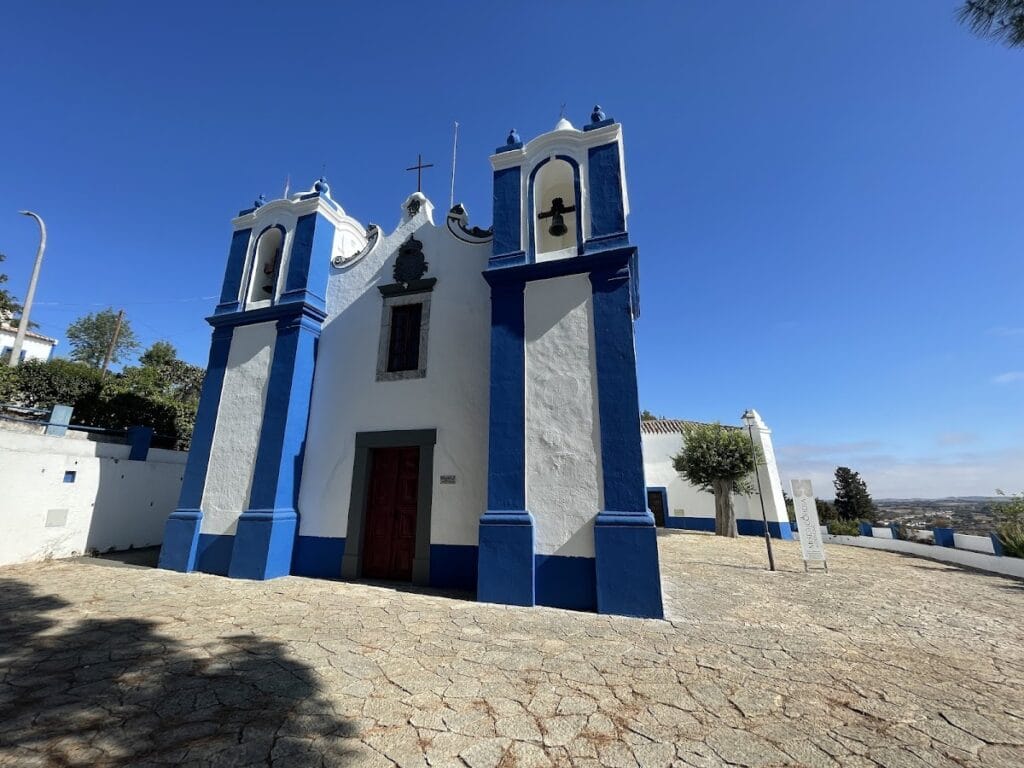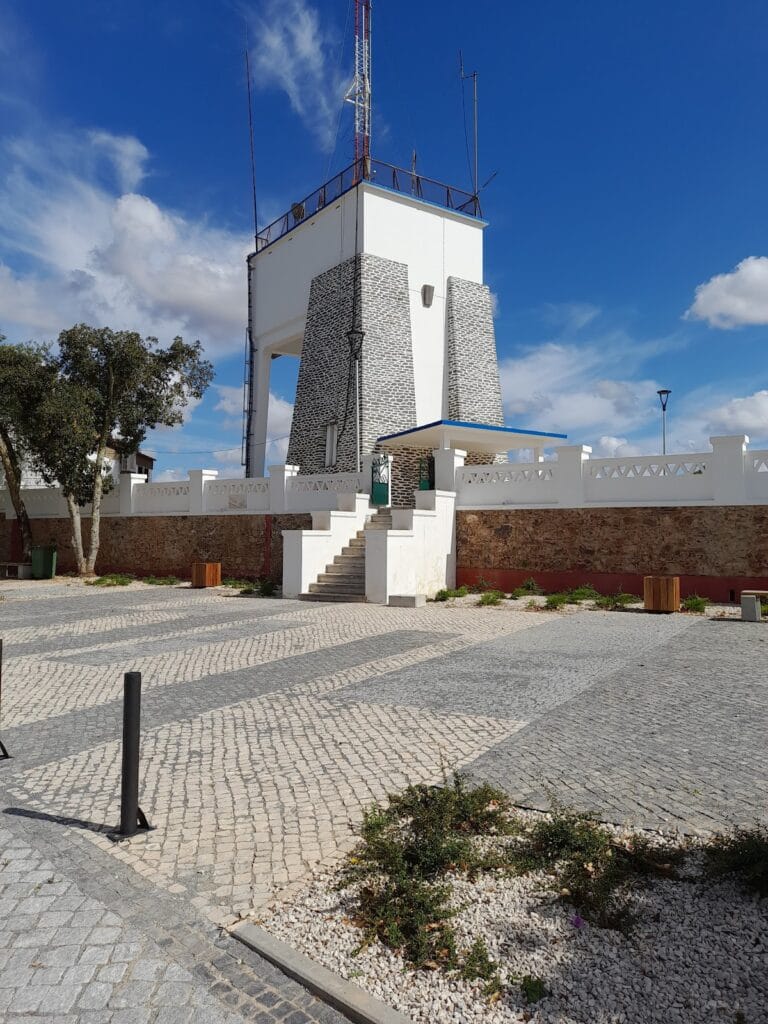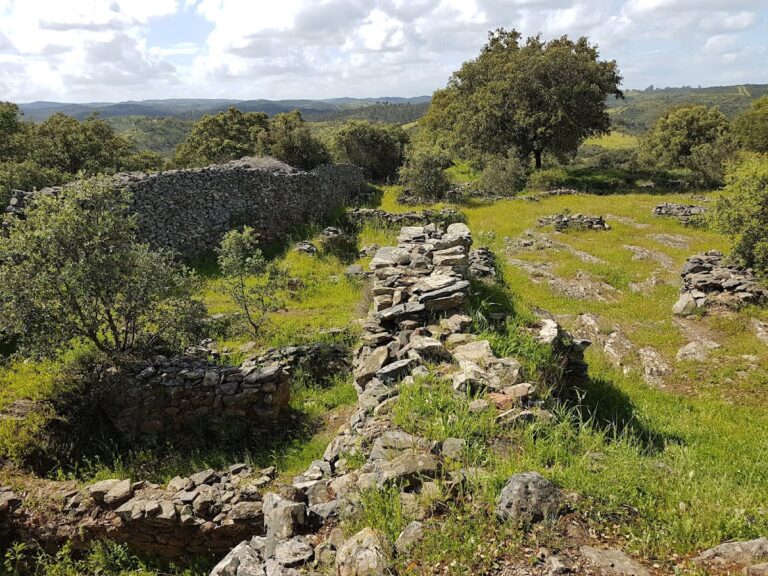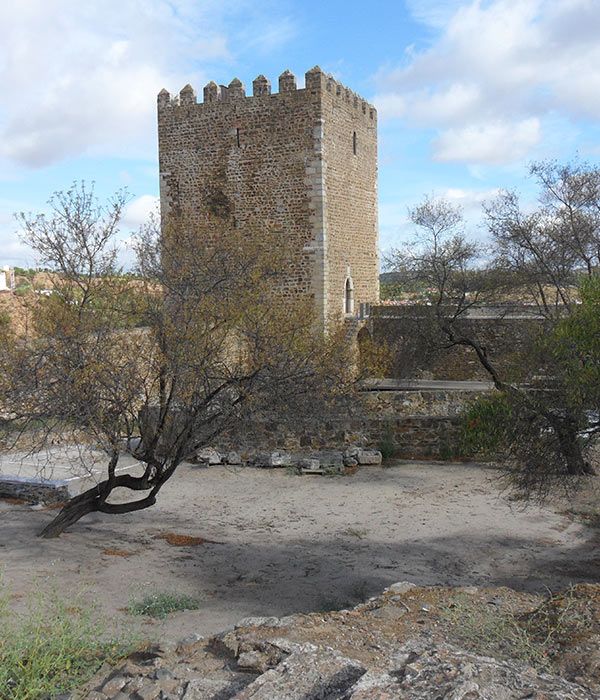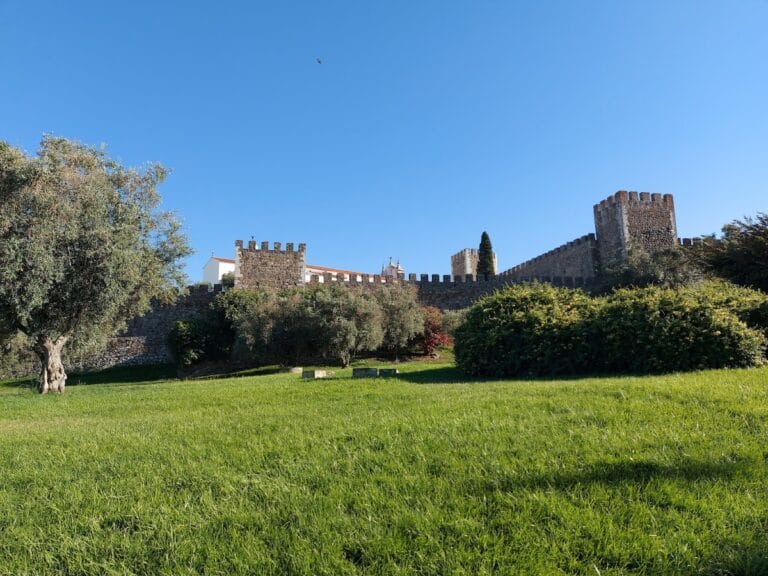Castle of Ourique: A Historic Fortress in Portugal
Visitor Information
Google Rating: 4.4
Popularity: Very Low
Google Maps: View on Google Maps
Country: Portugal
Civilization: Unclassified
Remains: Military
History
The Castle of Ourique is located in the municipality of Ourique in present-day Portugal. It was originally constructed during the Islamic period, likely in the 9th century, on a site that had seen earlier occupation, including a castro (pre-Roman fortified settlement) and later Romanized settlement.
In the early medieval era, the castle was known in Arabic sources from the 10th century as Al-Riqa, although the identification with the current location of Ourique is debated among historians. During the 12th and 13th centuries, amidst the Christian Reconquista, the castle played a significant strategic role. It formed part of a defensive network north of the Algarve mountains, protecting an important military and trade route connecting the Algarve region with the Sado River valley. Throughout this period, it is believed the site was repeatedly captured and retaken during conflicts. The castle is traditionally linked to the legendary Battle of Ourique in 1139, a confrontation that marked a pivotal moment in Portuguese history and the rise of Afonso Henriques as the first king of Portugal.
By the 13th century, the castle was definitively conquered by Christian forces and came under the control of the Order of Santiago, a military and religious order active in the Reconquista efforts. King Dinis of Portugal directed its reconstruction between the late 13th and early 14th centuries, coinciding with the issuance of a formal charter (foral) to the nearby settlement of Vila Nova de Ourique in 1290. From this time until the 15th century, the castle primarily served as a local defensive stronghold.
Later in the medieval period, the castle’s military importance declined due to its inland position and the shift of defensive priorities toward coastal and border forts. By the 20th century, the castle had lost its defensive function entirely. Its remaining structures were demolished in the 1960s, making way for a modern viewpoint and water tower. Though the site was proposed for protection as a Property of Public Interest in 1973, the designation was eventually withdrawn in 2012 after it was determined that no substantial original remains survived. Archaeological work beginning in 2018 uncovered remnants pointing to the castle’s long and complex history continuing through the late medieval period.
Remains
The Castle of Ourique originally featured two main components: a fortified wall enclosing the settlement and a citadel strategically positioned atop a hill approximately 245 meters high, located north of the town near the parish church. The citadel likely followed an oval layout common to Gothic military architecture, with a keep tower attached to the surrounding curtain wall close to the principal gate.
Today, no portions of the original medieval structures survive. The hilltop site now contains the Miradouro de Ourique (viewpoint), also known as Parque Frederico Ulrich or Miradouro Ramiro Sobral, which incorporates a modern quadrangular water tower erected roughly where the medieval tower once stood. Visitors enter through a 20th-century pointed arch gate designed to evoke medieval architectural forms. The platform forming the viewpoint is supported by walls whose origin remains uncertain; while they resemble medieval constructions, they are more likely to be modern.
Archaeological excavations conducted since 2018 revealed a rammed earth retaining wall approximately three meters high on the northern slope of the hill. Rammed earth is a technique involving the compression of layers of earth to create solid walls. Associated with this wall were ceramic fragments dating from the 15th century and later, indicating continued occupation or use of the site during these periods. Within the historic village, around 2.5 kilometers from the castle hill, approximately 21 medieval silos have been identified. Some of these storage pits may date back to the Islamic period, reflecting the settlement’s extended history of habitation.
Although decorative or inscribed elements from the medieval castle have not been documented, the site today features a statue of King Afonso Henriques, commemorating the legendary battle traditionally associated with Ourique.

